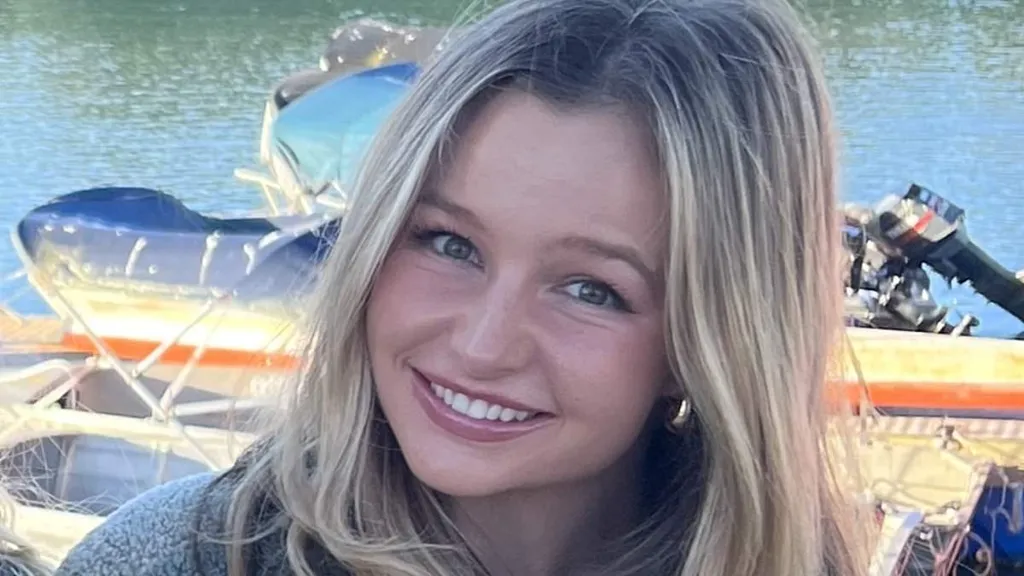As summer barrels towards us at a startling rate, people are urged to remember the dangers of UV rays, no matter how sunny (or cloudy) it is outside.
Every year, millions of Australians are diagnosed with skin cancer, one of the most common kinds of cancer diagnosed in the country. Two out of three Australians will be diagnosed with skin cancer in their lifetime, yet millions don't believe it will ever happen to them.
For one Gold Coast woman, a small change in one of the spots was a massive warning sign. Every six months, Paige goes over the usual moles and freckles dusted over her skin and checks to see if anything looks different.
"It's not a place that gets a whole lot of sun," she told NewsWire.
Unsure of what it was, she visited her local doctor for a check-up and was relieved when she was given the all clear. However, within the span of five months, her mole started changing in appearance.
"It was double the size," Paige recalled, and although the mark was still small, her gut told her something was wrong.
Concerned, she returned to the doctor who assured her everything looked 'fine for now', but as months passed, the mole started changing colour.
"It was a typical brown to begin with, then I noticed a little black dot on the inside of the mole itself," she explained.
A friend encouraged her to seek a second opinion for peace of mind. Two weeks after getting the all clear from another doctor who 'took one look at it and said,'
"Yep, let's definitely get it out."
The mole was swiftly removed and revealed as an invasive malignant melanoma that had reached level 3. It was mere millimetres away from entering Paige's body. She expressed being 'incredibly lucky' that she sought out a second opinion about her mole; this early diagnosis potentially saved her life.
No sun? Big problem
Australia is no stranger to skin cancer; with two in three Australians being diagnosed with some form during their lifetime. Despite this risk factor awareness remains low according new TAL SpotChecker study which found many skip using sunscreen especially when it's cloudy outside even though UV levels can still be harmful causing cells forming cancers beneath surface layers regardless visible sunlight presence . < p > It's not as if Australians are unaware: data reveals 89% understand damage potential yet startlingly only 62% know how check indices properly while almost half those aware fail do so regularly instead relying weather forecasts alone decide protection needs . < blockquote > "Based our research we've found 72 percent equate sunny days higher exposure ," said Dr Priya Chagan urging everyone stay safe even under cloud cover adding Bureau Meteorology predicts hot rainy conditions linked elevated risks coming season . < h3 > Changes freckles spots watch
- < strong > Sore - A spot scaly itchy bleeding tender doesn't heal within six weeks
- < strong > Changing - Appearance shifts size shape color texture noticeable differences occur among existing markings :
- < strong Abnormal – Differing standout comparison others previously present marks need attention :
- < strong New – Recently appeared require monitoring action necessary :
